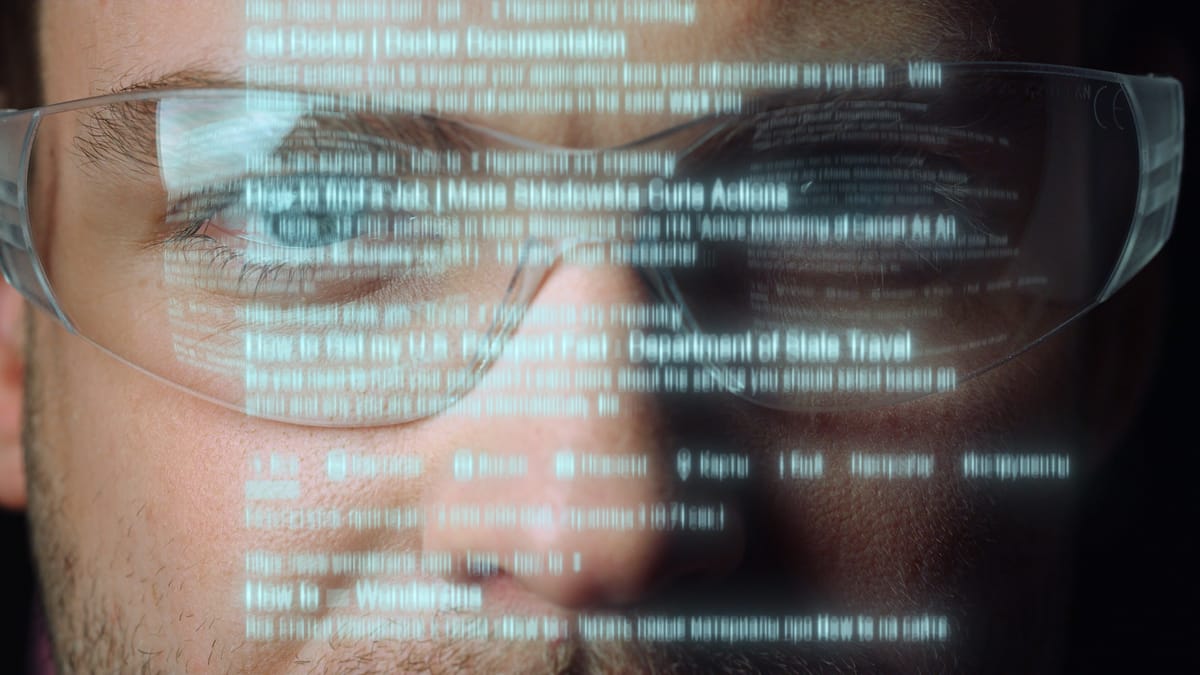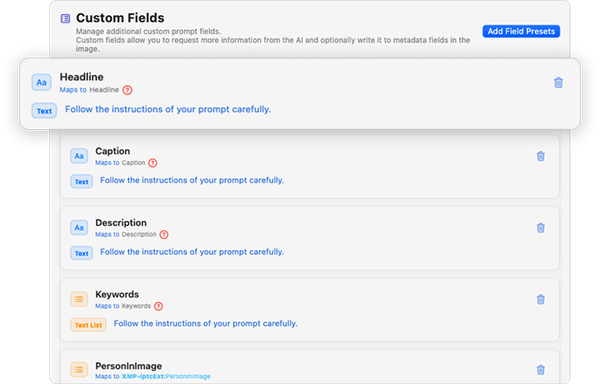The AI Copyright Crackdown Is Coming — Why Your Metadata Matters More Than Ever

For years, the stock photography and creative licensing world has operated under a largely predictable set of rules. Contributors uploaded, agencies distributed, buyers licensed, and copyright enforcement happened in familiar ways: DMCA takedowns, partner audits, reverse-image search, and the occasional legal battle.
Then artificial intelligence arrived — and everything changed faster than anyone expected.
AI-generated content didn’t just challenge the aesthetics of commercial imagery; it threatened the legal and financial foundations of the entire industry. Billions of images scraped. Datasets built with no credit or consent. Autonomous models trained on the work of thousands of creators without attribution or compensation. Lawsuits began stacking up. Legislators stepped in. Brands got nervous. Agencies scrambled to understand what this meant for their visual libraries.
And now we’re entering the next phase — one that many are calling The AI Copyright Crackdown.
AI changed how content is created. The crackdown will change how it’s protected.
And for the first time in years, metadata — the often-overlooked backbone of the licensing ecosystem — is becoming the make-or-break factor in safeguarding creative rights, identifying ownership, and proving usage.
Whether you’re a photographer, videographer, agency, or enterprise visual team… this shift affects you.
Phase 1: AI Broke the System
AI models were trained at massive scale with little transparency. Billions of images were scraped from the open web, social platforms, stock sites, newsrooms, archives, and even personal blogs. Creators watched their work appear inside AI models they never agreed to train — generating derivative content, competing with them commercially, and flooding the market with visuals that mimic their style.
For years, creators had minimal tools to track where their images ended up, let alone whether those images were being used to power AI systems.
The biggest problem?
No one had reliable data about where images were going.
Reverse image search helped uncover a slice of the truth, but it was reactive, manual, and often incomplete. Agencies tried building internal tools, but they were limited by scale. Contributors were left in the dark.
AI exposed something the industry had long ignored:
Without strong metadata and usage visibility, rights management breaks down instantly.
Phase 2: The Crackdown Begins
As lawsuits from Getty, individual artists, and media companies moved through the courts, governments began responding. In the last year:
- New regulations have been proposed in the U.S. and EU requiring AI companies to disclose training data sources.
- Large tech companies face pressure to prove they licensed assets properly.
- Brands are demanding assurances from agencies that the content was sourced ethically and legally.
- Agencies are updating contributor agreements and ingest requirements to increase metadata accuracy.
- Enforcement teams across the industry are shifting from manual spot-checking to large-scale automated monitoring.
This is the beginning of the crackdown.
AI companies want safe, licensed content.
Agencies want defensible audit trails.
Creators want proof of where their work is going.
All of them now realize they need the same thing: Clean, complete, authoritative metadata.
Why Metadata Suddenly Matters More Than Ever
Metadata is no longer a support tool. It has become the legal infrastructure of visual media.
Here’s why:
1. Metadata establishes provenance
Who shot the image?
When?
Under what rights?
Where did it originate?
In a world where AI models generate derivative works at scale, provenance is becoming central to legal disputes. Courts, agencies, and rights auditors increasingly rely on metadata to determine ownership and originality.
2. Metadata enables usage tracking at massive scale
The future of copyright enforcement is not manual. It’s automated.
Tools that can scan millions of URLs, social posts, AI models, datasets, and internal repositories require consistent metadata signals to match, track, and verify content usage accurately.
Without metadata, your images blend into the noise.
3. Metadata protects earnings
As more AI companies are forced — or choose — to license imagery properly, contributors with clean, complete metadata stand to gain the most.
Why?
Because content buyers can’t license what they can’t verify.
Agencies and enterprise customers are already prioritizing assets with robust metadata because they reduce legal risk and simplify internal compliance.
4. Metadata strengthens your competitive position
As the crackdown tightens, contributors and agencies that maintain clean data will:
- Rank higher in internal search
- Qualify for more licensing deals
- Achieve better match rates in usage discovery
- Avoid delayed or withheld royalties
- Be compliant with forthcoming AI transparency rules
Metadata isn’t just about organization anymore — it’s about survival.
The Zero-Metadata Era Is Ending
For years, creators could get away with uploading images with minimal titles, no keywords, inconsistent copyright lines, and incomplete usage rights. Agencies filled in some gaps, machine learning handled others, and buyers worked around imperfections.
But that era is ending — quickly.
The crackdown means:
- Agencies will demand more metadata consistency.
- Buyers will require clear rights information.
- AI companies will only license properly described content.
- Poorly tagged assets will drop in ranking, visibility, and revenue potential.
- Usage monitoring systems will increasingly ignore images with weak metadata signals.
If metadata used to be “nice to have,” it is now a requirement for getting paid and staying protected.
Where MetadataAI Fits Into All This
This industry shift isn’t theoretical. It’s happening in real-time — and MetadataAI is built specifically for this moment.
MetadataAI is the only platform combining:
- Real-time usage tracking across the open web
- AI-driven pattern detection for unauthorized uses
- Contributor-level and agency-level dashboards
- Metadata scoring and cleanup tools
- Visibility into licensing trends
- Audit-ready reporting for rights management teams
As the crackdown accelerates, creators and agencies need:
- Proof of where their content is being used
- Insight into which assets drive the most value
- Detection of unlicensed or derivative usage
- Metadata quality that stands up to legal and AI-model audits
MetadataAI puts all of that in one place.
It doesn’t just tell you what images are performing — it tells you where, how, and why, across markets, regions, and industries.
In a world where usage is exploding, AI is scraping constantly, and the legal landscape is shifting… this level of visibility isn’t just helpful. It’s essential.
The Next 12 Months Will Reshape the Industry
Every major trend points in the same direction:
- AI companies will need licensed content.
- Agencies will face stricter compliance requirements.
- Courts will rely more heavily on metadata and usage data.
- Large buyers will demand verifiable provenance.
- Contributors with strong metadata will see stronger earnings.
Creators and agencies who embrace metadata today will be ahead of the wave.
Those who ignore it will be left behind — with limited visibility, reduced earnings, and increasing legal exposure.
Your Metadata Is No Longer Just Data — It’s Evidence
As the AI copyright crackdown ramps up, metadata becomes the connective tissue between creators, agencies, buyers, and regulators. It’s how:
- Ownership is proven
- Infringement is detected
- Royalties are protected
- AI licensing is validated
- Compliance is documented
And the creators and agencies who take metadata seriously will be the ones who thrive in the new licensing economy.
The AI disruption already happened.
The crackdown is happening now.
The next phase belongs to those who are ready.




